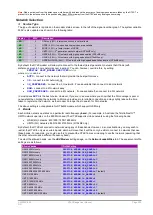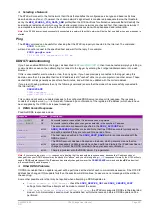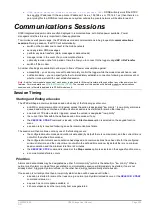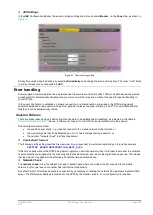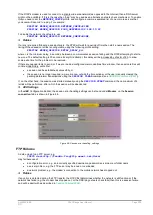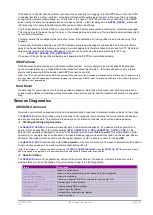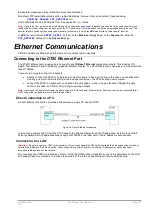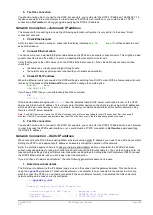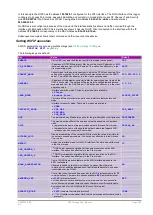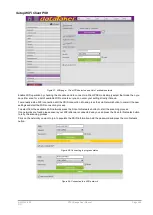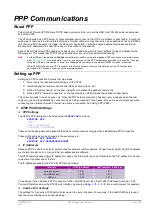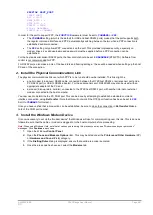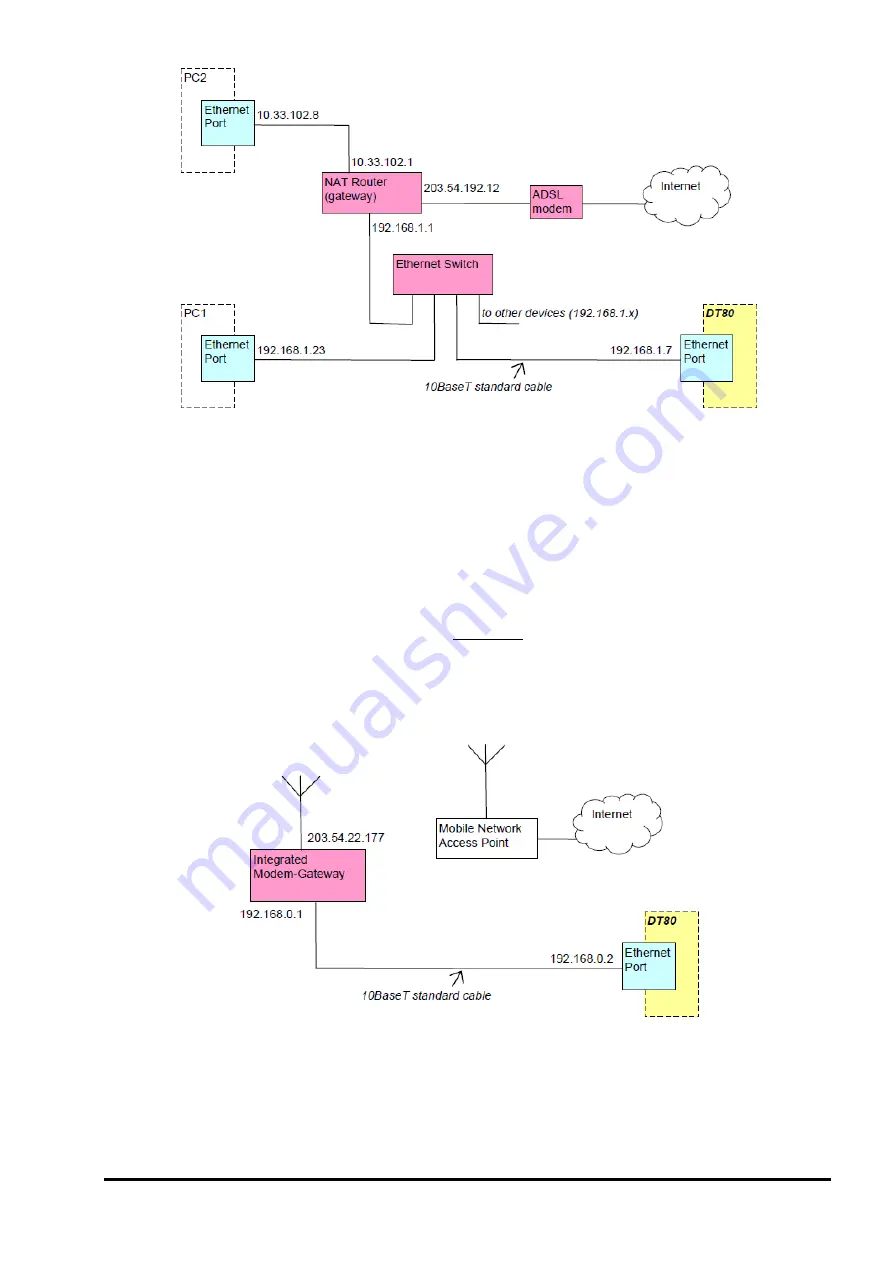
UM-0085-B09
DT80 Range User Manual
Page 232
RG
Figure 90: Typical Ethernet LAN
In the above example, the
DT80
, PC1, a router, and possibly some other devices are all connected on the same private
LAN "segment", or "subnet". All devices on this particular subnet have IP addresses beginning with 192.168.1. All
devices on the same subnet can communicate with each other directly.
PC2, on the other hand, is connected to a different subnet. It cannot directly communicate with the
DT80
; it needs to go
via the router. In other words the router acts as a "gateway" between the various subnets, and also, in this case, the
Internet.
This all happens automatically, provided that all devices are correctly configured. In particular, the
gateway address
for
each device needs to point to the router. So PC1 and the
DT80
would both have their gateway address set to
192.168.1.1, while PC2's gateway would be set to 10.33.102.1.
Note:
if a DHCP server is present on the LAN (which will usually be the case), and the
DT80
is configured to use it, then the DHCP
server would normally take care of setting all required addresses automatically.
Connection to a Modem-Gateway
Another common connection scenario is where a remote
DT80
is connected to the Internet using a "modem-gateway"
device that integrates the modem, NAT router and switch functions into one box. The modem may be a cable, ADSL or
wireless (GPRS/3G) modem.
Figure 91: Typical Internet connection using an integrated modem-gateway (wireless modem in this case)
The modem-gateway will typically include a DHCP server, which will automatically set up the required network
parameters on the
DT80
, including its IP address.



